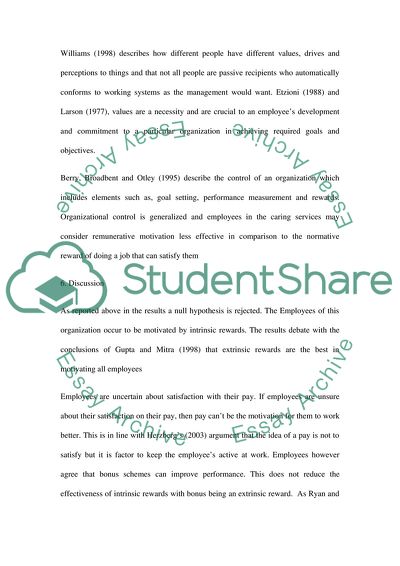Paraphrasing Essay Example | Topics and Well Written Essays - 1000 words - 6. Retrieved from https://studentshare.org/human-resources/1672078-paraphrasing
Paraphrasing Essay Example | Topics and Well Written Essays - 1000 Words - 6. https://studentshare.org/human-resources/1672078-paraphrasing.


